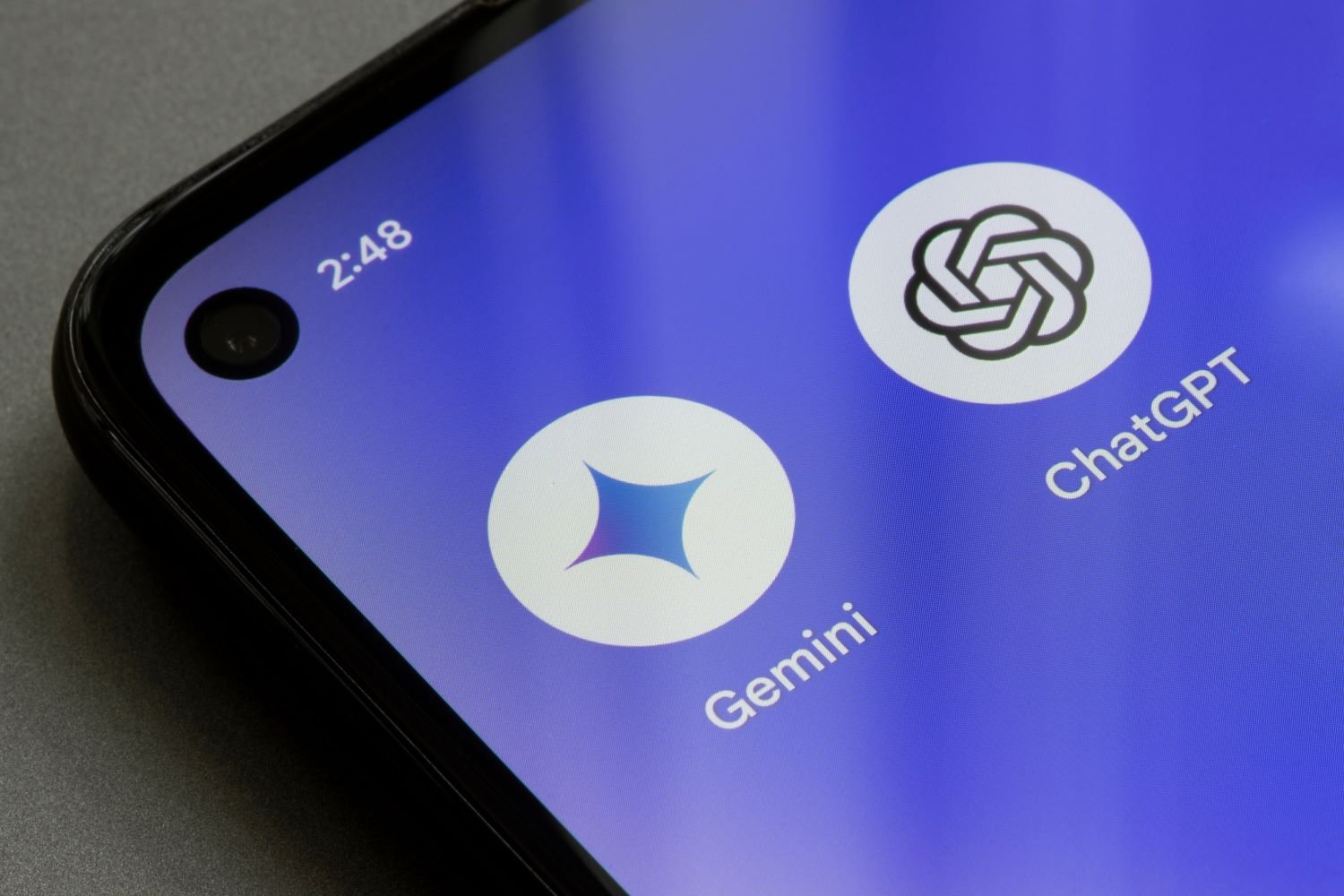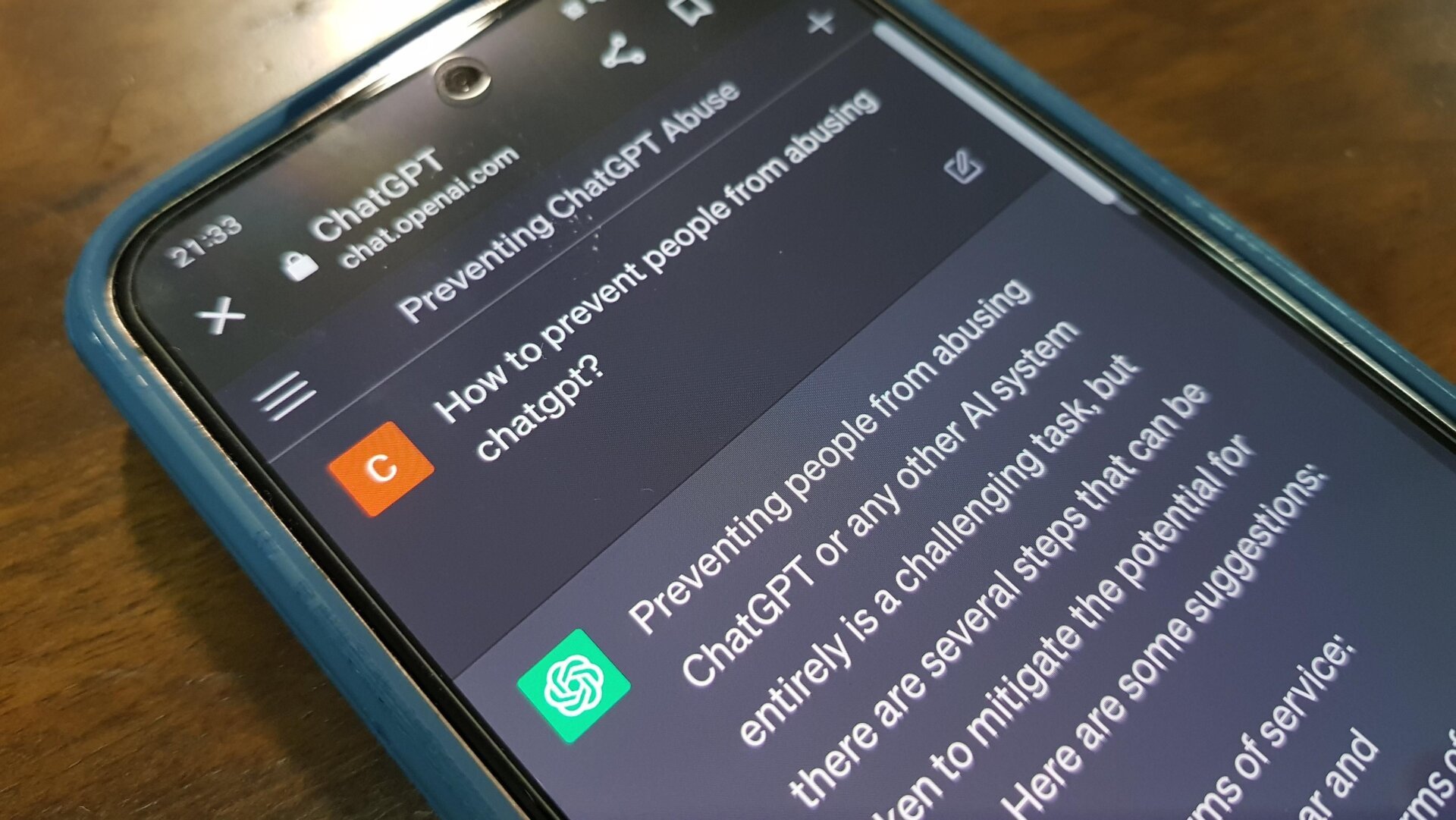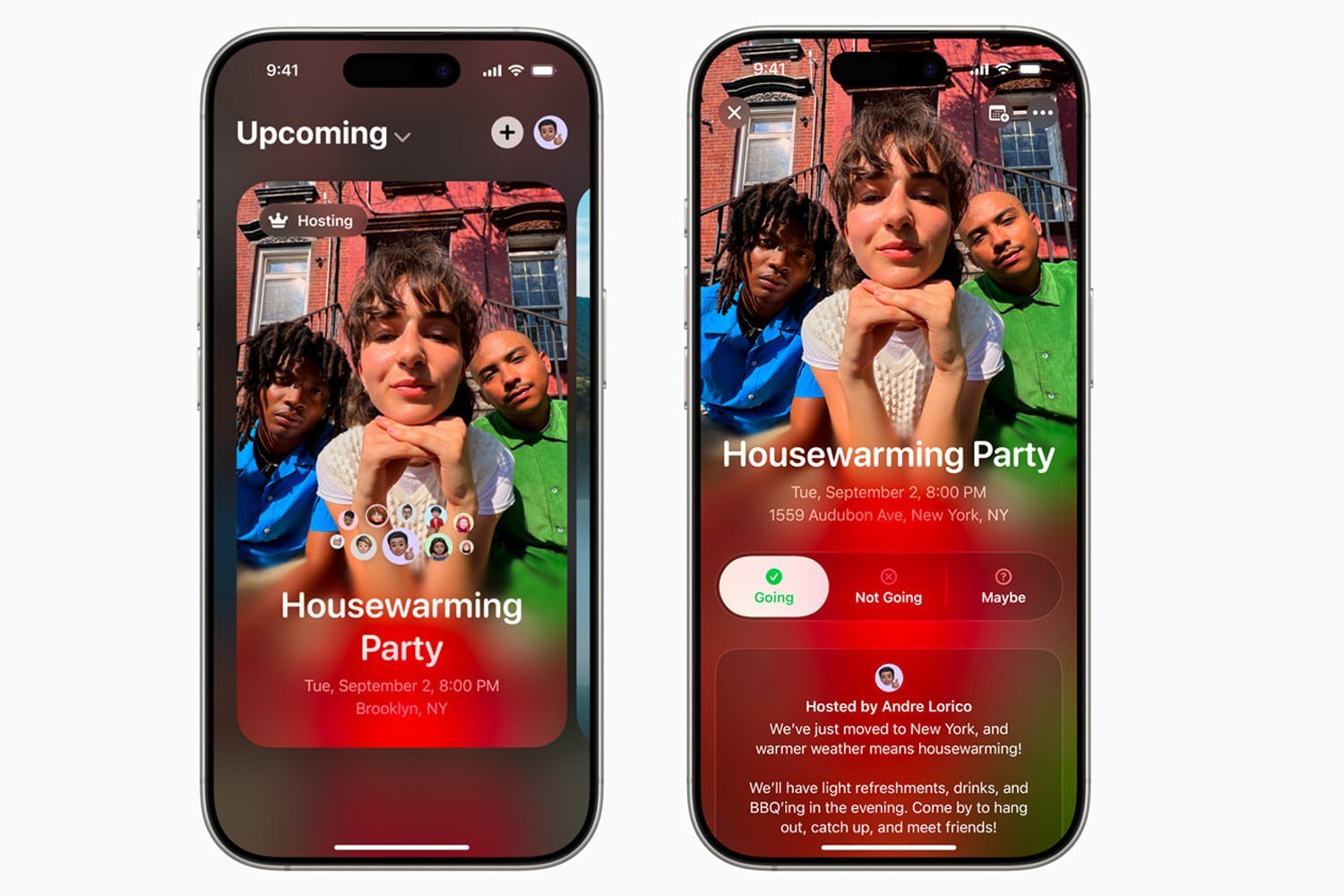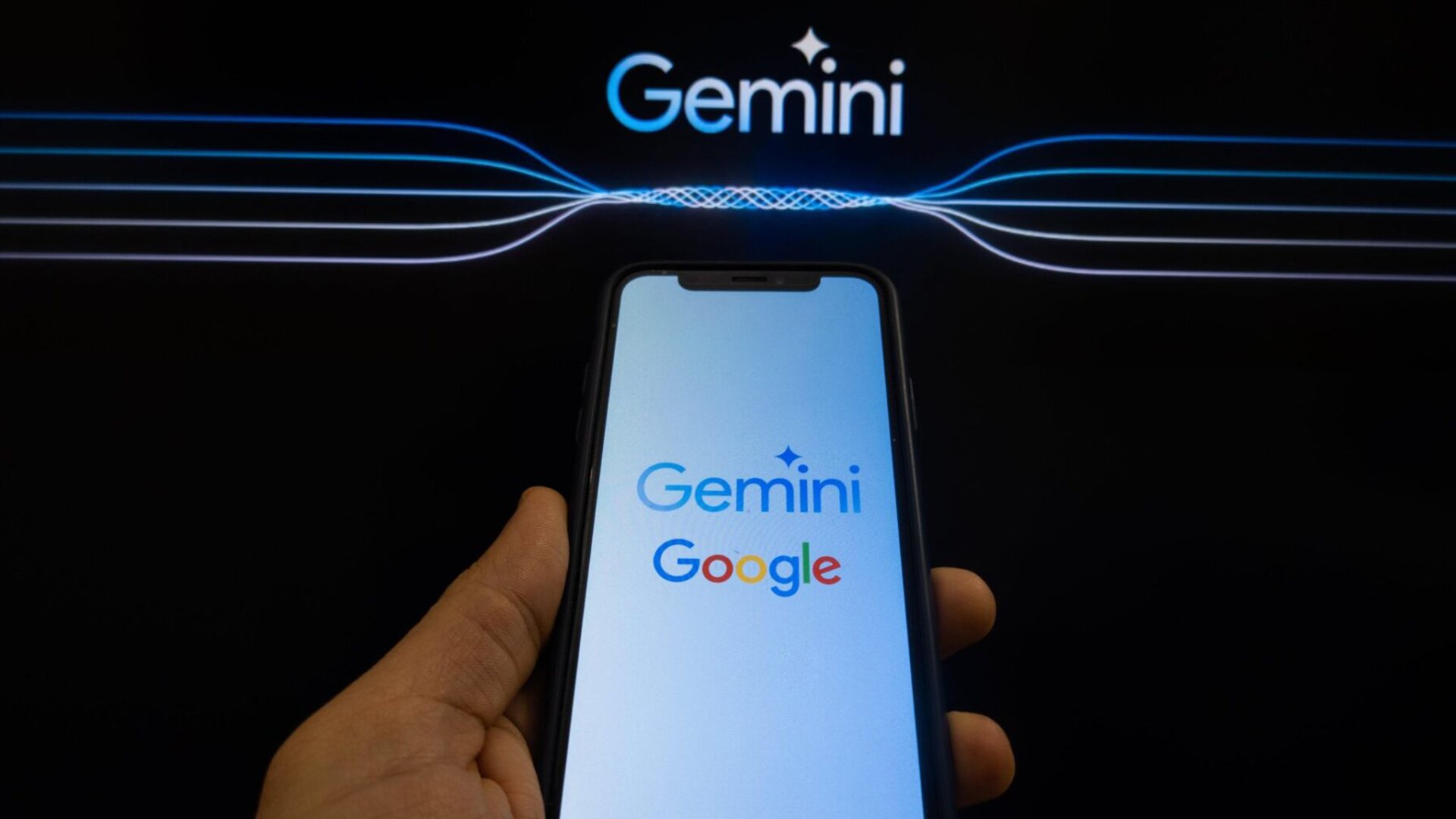OpenAI’s new Deep Research feature, powered by the GPT-4o model, promises to revolutionize how we conduct research. Similar to Google’s Gemini 2.0 “Deep Research,” this tool acts as an AI agent, performing multiple internet searches and reasoning through information to generate comprehensive reports. This begs the question: is this a genuine research tool or simply a sophisticated way for students to bypass academic integrity?
Automating the Research Process
Available to ChatGPT Pro subscribers, Deep Research resides in a new tab beneath the prompt box, effectively “Googling” on your behalf. The user provides a research topic, and the AI takes over, formulating questions, refining search parameters, and compiling information, much like a meticulous researcher. For instance, OpenAI demonstrated the tool’s capability by tasking it with analyzing iOS and Android adoption rates alongside language learning interest to identify potential market expansion opportunities for ChatGPT. The AI even requested clarifications on certain aspects, mirroring the rigorous questioning a professor might employ.
A Side-by-Side Comparison with Google’s Offering
Unlike Google’s approach, OpenAI’s Deep Research operates within a side panel, providing real-time updates on its progress. It outlines its current tasks, such as searching for relevant surveys on language learning by country. However, its reliance on sources like Wikipedia raises concerns about the accuracy and academic rigor of the generated reports, echoing the habits of students scrambling to complete last-minute assignments. Furthermore, being limited to digitally accessible information excludes non-digitized resources and paywalled content, potentially limiting the scope of research.
Source Reliability and Data Interpretation
Once the report is generated, a separate panel reveals the complete source list. As an “auto-Googling” tool, Deep Research may lack access to the most comprehensive and up-to-date data from leading analytical firms. While the smartphone adoption rate report cited reputable sources like Pew Research, it also included Wikipedia, Statista, and Gulf Business. This raises questions about the reliability of the data and the AI’s interpretation, highlighting the potential for inaccuracies.
Examples of Deep Research in Action
Further examples provided by OpenAI showcase the tool’s capabilities and limitations. A 10-year market analysis of civilian supersonic air travel cited Wikipedia, Boom Supersonic’s website, and industry publications. While the tool demonstrated proficiency in finding advanced biology papers, it also generated a report on a TV show episode by drawing information from a fan wiki. This inconsistency underscores the need for careful scrutiny of the generated content.
Time and Resource Consumption
The Deep Research process is significantly more time-consuming than typical ChatGPT requests, ranging from under 10 minutes to over 30 minutes, depending on the complexity of the research topic. OpenAI claims this equates to “many hours” of human effort. The company also boasts that Deep Research outperformed Gemini Thinking, GPT-4o, and Humanity’s Last Exam, an AI benchmark test from the Center for AI Safety.
Accessibility and Future Development
While currently exclusive to ChatGPT Pro subscribers at $200 per month, OpenAI plans to extend access to Plus and Team subscribers, potentially utilizing a less powerful AI model. This wider availability raises further concerns about the potential for misuse in academic settings.
Conclusion: A Double-Edged Sword
OpenAI’s Deep Research presents a powerful tool for streamlining the research process. However, its reliance on readily available online sources, potential for inaccuracies, and accessibility raise ethical questions about its use, particularly in education. While it offers undeniable advantages in terms of speed and efficiency, users must exercise caution and critical thinking to ensure the quality and integrity of the generated research. The future will tell whether this tool becomes a valuable research asset or a facilitator of plagiarism.











